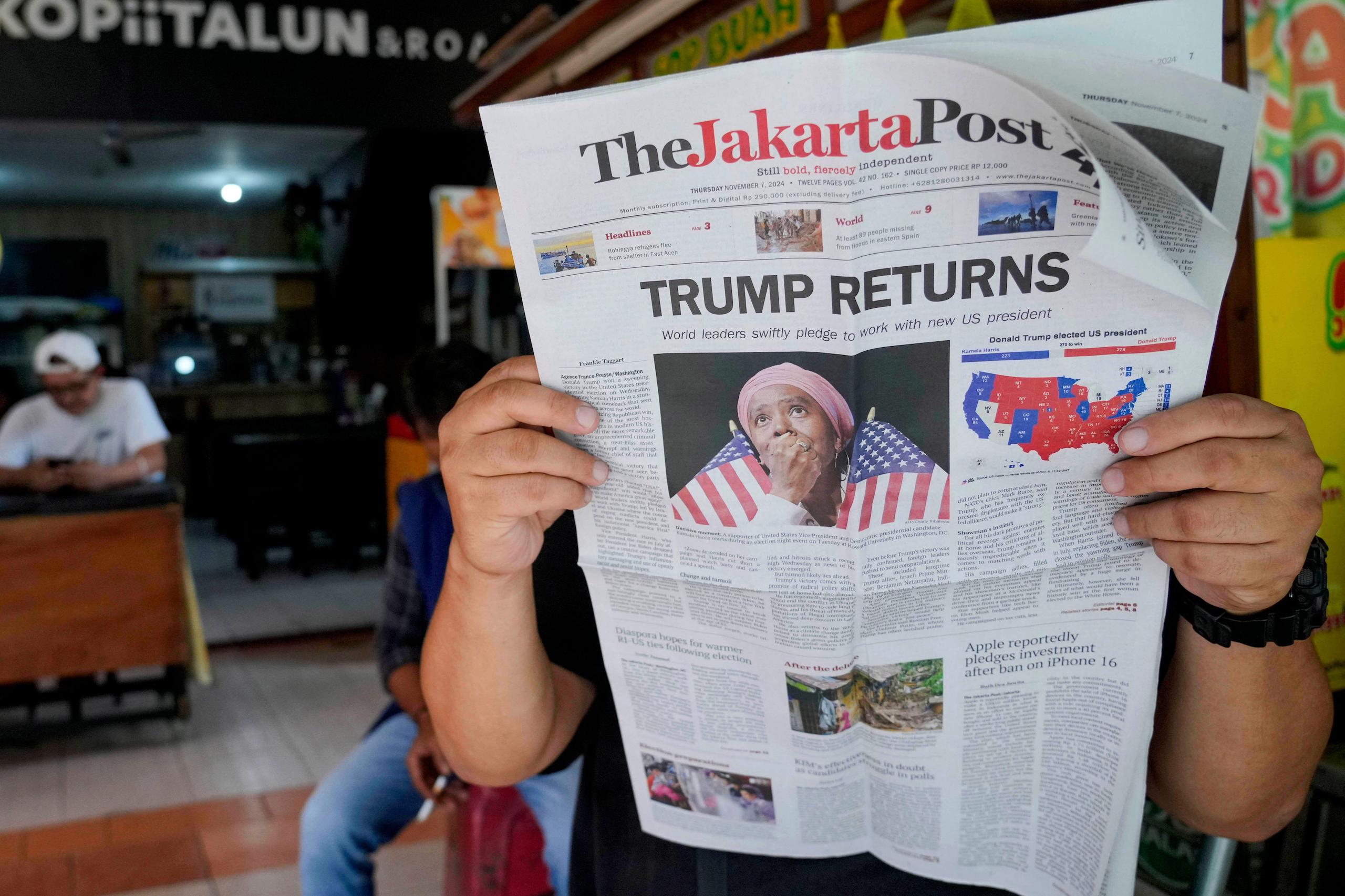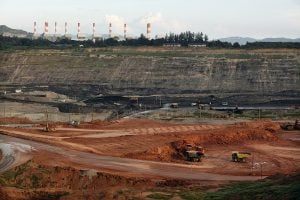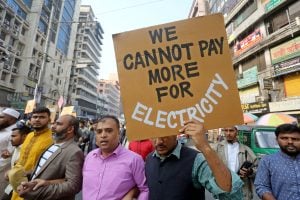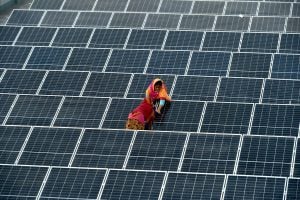With Donald Trump returning to power as US president in January 2025, Southeast Asian countries are carefully weighing the potential implications for their energy transition efforts. Trump’s second term as president, following his loss to Joe Biden in 2020, is set to usher in a significant shift in US global engagement, particularly in climate and clean energy leadership – a critical area for a world striving for long-term, sustainable transitions. Southeast Asia, which requires significant investments in clean energy, faces a growing dichotomy between US retrenchment and China’s expanding regional engagement.
Historically, the US has played an inconsistent role in climate leadership, making it an unreliable partner for a region requiring long-term energy sector commitments. While Japan has maintained its role as a traditional energy investor, China’s increasing prominence cannot be overlooked. Once focused on fossil fuel power generation, China is now leveraging its clean technology dominance in solar, electric vehicles (EV) and batteries, giving it a significant edge in the race for Southeast Asia’s energy future.
Clean tech competition
The clean technology space is a central battleground between the US and China. China’s rapid scaling of solar panel manufacturing and adoption has driven down global solar costs, by nearly 90% in the last decade enabling widespread adoption, including in price-sensitive Southeast Asian markets.
Meanwhile, US investments in clean energy have focused primarily on domestic priorities. Under President Biden, it rolled out the Inflation Reduction Act (IRA), which redirected investment toward clean technology. Batteries have made up the lion’s share of this investment – as much as 77% in the third quarter of this year, compared to just 6% for solar and 1% for wind.
Southeast Asia’s vast untapped solar and wind potential, highlights the urgency for technologies that China can readily supply. With Trump’s plans to trim the scope of the IRA, as well as scaling back on global solar and wind initiatives to focus on US-centric industries, China’s role in meeting Southeast Asia’s clean energy needs will likely continue to grow.
In the rapidly growing EV market, Chinese automakers hold in excess of 70% of Southeast Asia’s EV market share, compared to Tesla’s negligible 4% in the region during the first quarter of this year. Although the US has ramped up domestic battery investments and, to a lesser extent, EV production, these developments are likely to target its domestic market – one of the world’s largest car markets. With Chinese EV manufacturers bolstering their investments in Southeast Asia, while US carmakers hold back or withdraw, China’s rise in this important sector seems unstoppable.
Critical minerals: a geopolitical battleground
A successful green energy transition hinges on access to key minerals such as nickel and rare earths – resources that Southeast Asia holds in abundance. 27% of global nickel reserves are located in Indonesia and the Philippines and more than a third of global rare-earth elements are concentrated in Myanmar and Vietnam, according to data from the US Geological Survey. These resources position Southeast Asia as a critical player in the global supply chain.
China maintains a firm grip on 80% of the global critical minerals supply chain, with investments extending across Southeast Asia. Myanmar currently supplies more than half of China’s rare earth imports, while Indonesia accounted for the majority of China’s nickel product imports. These dynamics underscore China as a key partner for Southeast Asian nations, whose mineral industries are deeply intertwined with Chinese demand and investment.
The US, meanwhile, has been making strides to secure their critical mineral supplies, through initiatives like the Mineral Security Partnership, aiming to reduce reliance on supply chains that are affiliated with China. However, Trump’s second term is likely to emphasise strengthening US domestic mining and processing, potentially limiting US engagement in Southeast Asia’s mineral sector. Moving forward, with Tesla’s CEO Elon Musk backing Trump, the US may shift toward clean technology options where they can have more control over the value chain.
Exclusionary policies, such as barring Chinese-affiliated cleantech products, are likely to escalate under Trump, complicating the landscape for Southeast Asian exporters. Companies in the region that rely on Chinese investments, technology or supply chains may face barriers to accessing the growing US market due to increased scrutiny or sanctions. These dynamics could create significant uncertainty for Southeast Asia’s exporters, particularly in industries tied to renewable energy and advanced technology.
Areas of engagement and disengagement
Future US engagement with Southeast Asia is also likely to emphasise emerging energy technologies that have strong interrelations with US industry, such as small nuclear reactors or carbon capture. These technologies, while controversial, could gain traction under Trump, with a number of his administration picks vocal supporters of these technologies.
China’s financial investments in Southeast Asia’s renewable energy sector are unmatched. According to the Lowy Institute, China is the largest single source of international renewable finance for the region. This financial muscle has enabled projects ranging from solar farms to hydropower plants, further cementing Beijing’s role as a key energy partner for Southeast Asian nations.
The US, meanwhile, has relied on the establishment of transition initiatives such as the Just Energy Transition Partnership (JETP) to counterbalance China’s influence on energy transitions in the region. These partnerships, co-led in Indonesia by the US and in Vietnam by Japan, aim to accelerate the transition away from coal. While the effectiveness of the JETPs remains unclear, with mixed signals in both policy and investment, a Trump administration’s potential withdrawal from such partnerships risks reducing the region’s access to energy transition-related finance.
All may not be lost when it comes to US engagement in southeast Asia’s energy transitions, however. The presence of US corporate giants such as Amazon, Google and Microsoft in the region could help drive clean energy adoption, regardless of US foreign policy positions. The US is one of the leading investors in capital projects in Southeast Asia, with Microsoft announcing a USD 2 billion cloud infrastructure project in Malaysia and Amazon committing USD 9 billion in Singapore – both of which come with ambitious clean energy targets. While these companies are likely to rely on Chinese solar panels, their presence could spur broader green energy investments in the region.
Southeast Asia’s political and business leaders will be watching developments closely and, in 2025, may have some tough decisions to make about the future pathways of their energy transitions.










